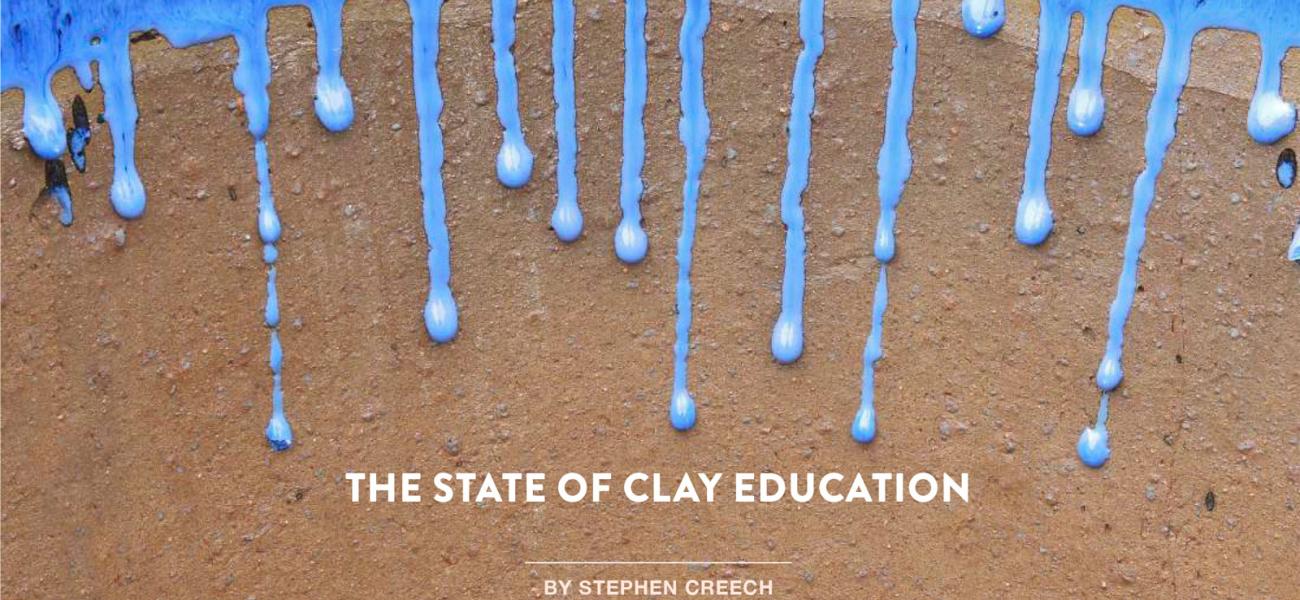*/ /*-->*/ /*-->*/ /*-->*/
 Over the past five years I have become increasingly aware of an issue that has potential to upset the future of clay in America. Each year the number of art educators leaving the classroom to enjoy their well-deserved retirement rises. According to a study by the National Commission on Teaching and America’s Future (NCTAF), fifty percent of the K-12 educators in the United States are slated to retire in the next ten years, which constitutes the largest exodus of experienced teachers from the workforce in the history of our country. With the departure of these veterans goes their knowledge of how to overcome the technical challenges that surround teaching ceramics in the classroom. I firmly believe that, as ceramic artists, it is our responsibility to fill this looming knowledge gap and help support the next generation of educators teach clay in the classroom, inspiring the future ceramic artists of America.
Over the past five years I have become increasingly aware of an issue that has potential to upset the future of clay in America. Each year the number of art educators leaving the classroom to enjoy their well-deserved retirement rises. According to a study by the National Commission on Teaching and America’s Future (NCTAF), fifty percent of the K-12 educators in the United States are slated to retire in the next ten years, which constitutes the largest exodus of experienced teachers from the workforce in the history of our country. With the departure of these veterans goes their knowledge of how to overcome the technical challenges that surround teaching ceramics in the classroom. I firmly believe that, as ceramic artists, it is our responsibility to fill this looming knowledge gap and help support the next generation of educators teach clay in the classroom, inspiring the future ceramic artists of America.
The Challenge
The number of students earning a college degree in education is at an all-time low: 4.2 percent of incoming university students plan to major in education, down from 9.9 percent ten years ago. This decline, compounded with the increasing number of retirees, is creating a large pedagogical void, which in turn is leading to the recruitment of people with less traditional credentials.
For example, someone with a degree in painting could be hired to teach art to 500 elementary school students once a week. But without an art education background, that person might not be equipped to teach a broad range of art mediums. In artroom supply closets, kilns gather dust, unfired since their predecessors left long ago. Sadly, these kilns will remain cold and dusty unless we, as a ceramics community, build community networks and connect with local educators and businesses to support the growth and development of clay in local schools.
Opportunity
We—ceramists of all backgrounds—can help revitalize programs and improve the quality of the ceramics experiences for students by supporting teachers’ development in the medium. We know the value of ceramics in everyday life and have an opportunity to share this appreciation, fostering it in the hearts and minds of our local educators.


